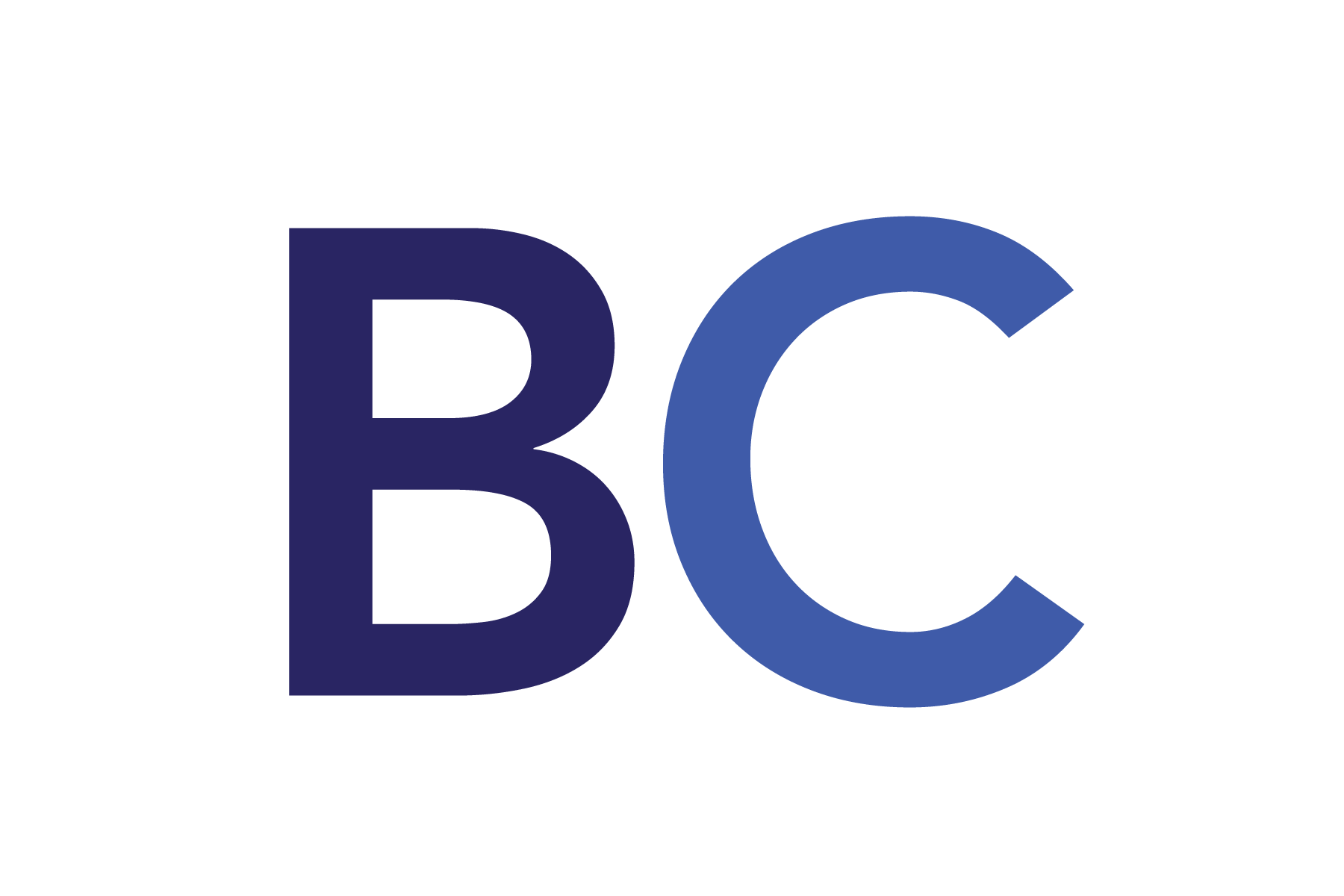Whole life insurance is a type of permanent life insurance that provides coverage for the entire lifetime of the insured. It has a death benefit and also a cash value component, which differentiates it from term life insurance that provides coverage for a specified term and does not accumulate cash value.
Here’s a breakdown of key aspects of whole life insurance:
- Lifetime Coverage: Whole life insurance, as the name suggests, is designed to provide life insurance coverage for your entire lifetime. As long as premiums are paid, a death benefit will be paid out to your beneficiaries upon your death.
- Level Premiums: The premiums for a whole life insurance policy generally remain the same (level) for your entire life. These premiums tend to be higher than those for term life insurance.
- Cash Value: A portion of your premium payments goes into a cash value component, which grows over time on a tax-deferred basis. This cash value can be borrowed against during your lifetime. Over time, the cash value growth can also offset some of the policy’s cost.
- Dividends: Some whole life policies, particularly those issued by mutual insurance companies, pay dividends. These dividends can be taken as cash, used to reduce premiums, left to accumulate at interest, or used to purchase additional insurance.
- Guaranteed Death Benefit: The death benefit in a whole life insurance policy is guaranteed as long as the policy premiums are paid.
While a whole life policy can offer lifelong coverage and a cash accumulation feature, it comes at a higher cost than term life insurance. Therefore, it’s important to evaluate your individual financial situation and needs when choosing the type of life insurance that’s right for you.
#wholelife #lifeinsurance #insurance #permanentinsurance



